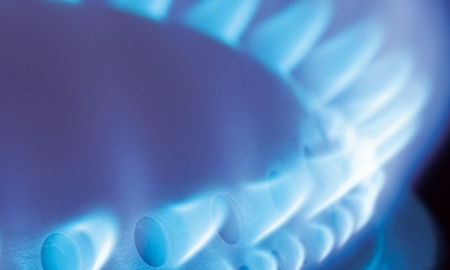Indonesia is the world’s second largest exporter of coal and LNG and has the world’s largest geothermal resources, as well as an estimated 453 trillion cubic feet of coal bed methane (CBM) – which has a lower exploration risk and significantly lower per well activity than oil or gas. Energy experts predict that CBM has the potential to create a new, global energy frontier, especially following recent trends in the five coal-mining states of the northeast United States by ExxonMobil,BP and Total, trends which look set to propel CBM exploration into the limelight.
Veteran gas consultant Richard Fuller, who has worked in Indonesia for 30 years, says: “CBM has the potential to give Indonesia the opportunity of becoming the region's lowest energy-cost economy.”(Straits Times, Indonesia).
CBM development differs substantially from that of conventional gas, often requiring thousands of shallow wells and a major de-watering process. But these same characteristics dictate high employment and the strong economic growth: the Marcellus Basin development is now creating 15,000 jobs a year. Studies have shown that there is as much as 5.1 trillion cubic meters of CBM in two large basins in East and South Kalimantan – areas where Ephindo are already massively invested.
“It is simply a matter of finding the gas then making it flow. The market and infrastructure are there.” Mr. Sammy Hamzah, President Director of Ephindo Energy |
Despite the fact that only 10 to 15% is thought recoverable, this amounts to 566 billion cubic meters in conventional reserves, and makes the overall gas resource about the same size as the Marcellus Basin, a trillion-dollar shale gas deposit hailed as one of America's richest energy finds. With another 7.1 trillion cubic meters of CBM potential in southern Sumatra, where pipelines already supply conventional gas to Singapore and Jakarta, Indonesia boasts more than 12.8 trillion cubic meters of CBM – the equivalent of over 80 billion barrels of oil.
“The figures are impressive. But we still have to prove that CBM is commercial and raise awareness of the fact that CBM is completely different to conventional gas. The market needs to adjust...you are talking about 10 to 20 times more of a footprint than conventional gas players. But there is no doubt that there is huge potential,” explains Sammy Hamzah, President Director, Ephindo Energy.
A pilot to power model in Sangatta, has helped Ephindo commercialize some reserves. “Sangatta is currently short of 6 to 7 MW. They are burning diesel to produce electricity. We are helping the community to get electricity and are helping ourselves by showing the world the potential of CBM.”
He is bullish about Ephindo’s prospects: “You are looking at a company that is going to be a major player in the CBM industry in Indonesia. Gas is the future of the country. People worry about domestic market obligations and pricing, but if you look at gas sales deals in the last 12 months, you are looking at an average of between $6 and $7. Now PLN is talking about buying gas at $9 plus. If you compare it to the U.S., you could not even sell it for $3. It is a very good market.”
His confidence is based on well thought-out strategy: “The basins we have chosen represent almost 70% of the Indonesian CBM resources. East Kalimantan and
South Sumatra have very good gas infrastructure because conventional gas has been produced there for over 40 years. It is simply a matter of finding the gas then making it flow. The market and infrastructure are there. Five of our six blocks are very close to the second biggest LNG plant in the world. It has eight trains and three of them are idle at the moment, waiting for gas to come in. You are looking at an idle LNG plant in your backyard! What more could you want?”
He continues: “Indonesia is a very attractive place to be, especially in the current global economic situation. Our investors are my top priority. If we are able to establish a substantial enough portfolio that will allow us to produce 50 to 100 million cubic feet in five years, that would be good. But the most important thing for me is returns for my shareholders”.
He believes the future of the region is bright: “I am a firm believer in enterprise. Times are changing and we are excited about it.”

0 COMMENTS